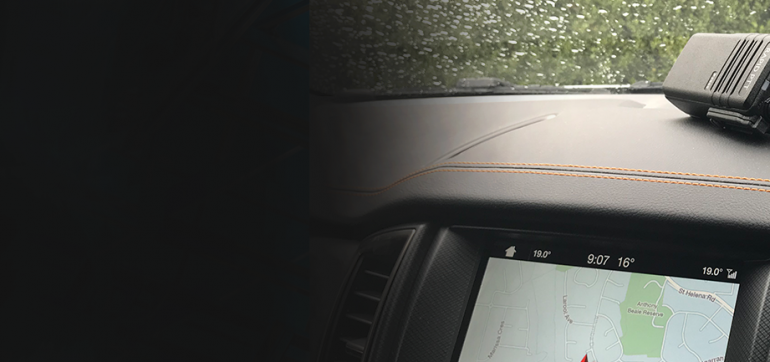Professional Two-Way Radios are devices that can both transmit and receive a signal, (transceivers). They are purpose built to operate on licenced frequencies for business use as opposed to the many consumer unlicensed types of radios operating at low power or in bands reserved for non-business use or amateur radios which serve a different application. They are designed to allow for one to one or one to many communications between users on the same radio frequency, often called a channel.
Professional Two Way radios have evolved over time from analogue to digital, under many varied protocols. Digital Two-Way Radio Systems were developed to overcome the limitations found in Analogue systems. Analogue technology allowed only one conversation at a time over a channel. Digital systems allowed more simultaneous talk paths over the same number of channels. Given these systems require private radio spectrum to operate (frequencies), the ability to increase capacity by processing more communications down the same amount of frequencies was a critical factor in increasing the longevity of the industry.
Digital two-way radio systems also provided enhancements to improve functionality for the users by allowing text messages, unit ID and status to be embedded in a single channel. The digital systems increased capacity and functionality but they suffered in the areas of quality of communications in weak signal areas. Most often seen as coverage issues by users.
These systems are most commonly known by the standards they comply with, TETRA, Project25, DMR, iDEN, NXDN, MotoTRBO. As the number of users continue to grow, spectrum being a finite resource, congestion and lack of the narrow band technologies ability to handle broad band data levels mean these solutions are reaching the limits of what they can achieve.


